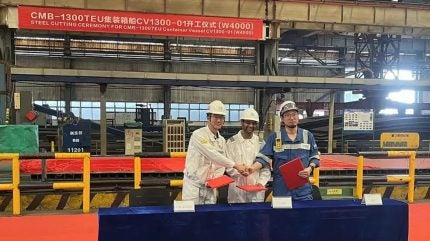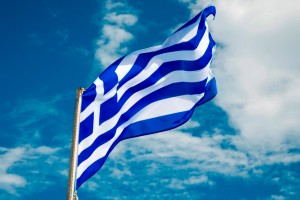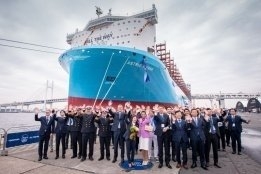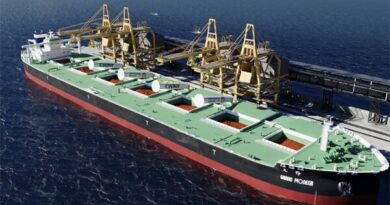Yara Clean Ammonia signals beginning of Yara Eyde container with ceremony

Yara Clean Ammonia, an ammonia trader and shipper, has commenced the construction of the Yara Eyde flagship container vessel with a steel-cutting ceremony.
Aiming to be the world’s first renewable ammonia-powered container ship, the Yara Eyde is poised to revolutionise short-sea shipping by demonstrating ammonia’s potential as a low-emission fuel, aligning with global sustainability goals.
Discover B2B Marketing That Performs
Combine business intelligence and editorial excellence to reach engaged professionals across 36 leading media platforms.
The development of the ship is a collaborative effort of Yara Clean Ammonia, Yara International, CMB.TECH and North Sea Container Line, which will operate the Eyde.
The ship is expected to operate on the Oslo–Porsgrunn–Bremerhaven–Rotterdam route, connecting industrial hubs and promoting sustainable maritime logistics by cutting emissions while maintaining efficient trade flows.
Yara Clean Ammonia CEO Hans Olav Raen said: “This is more than the start of a ship – it is the start of a new chapter in maritime decarbonisation.
“Yara Eyde embodies our ambition to make low-emission ammonia a reality for shipping and to inspire the industry toward solutions that reduce emissions.”
Headquartered in Oslo, Norway, Yara Clean Ammonia operates a vast network comprising 15 ships and has access to 18 ammonia terminals and multiple production and consumption sites globally.
North Sea Container Line CEO Bente Hetland said: “North Sea Container Line has always sought to offer competitive and sustainable logistics solutions.
“Yara Eyde is a perfect example of how close collaboration across the value chain can bring cutting-edge technology into commercial operation and deliver tangible benefits for cargo owners and customers alike.”
Yara Clean Ammonia has also recently expanded its fleet by chartering two medium gas carriers from Navigator Amon Shipping on long-term agreements.
These carriers, each with a capacity of 51,000m3, are equipped with dual-fuel engines and ice class notation.




